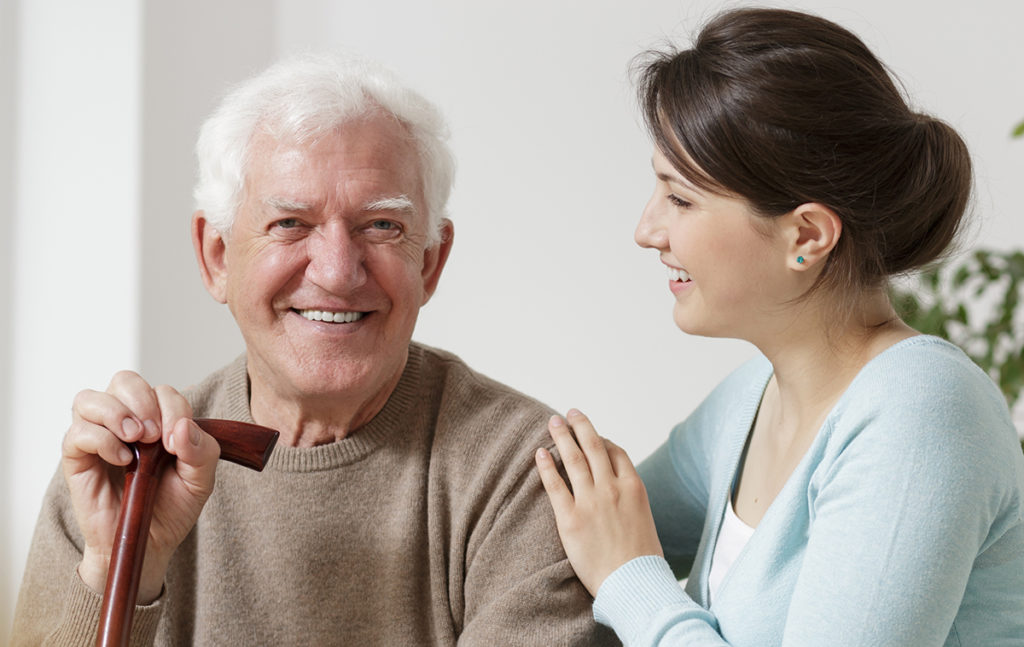A stroke is a serious medical emergency, and the odds of survival are much higher if help comes quickly. If you know the signs of a stroke, you might save someone’s life.
In fact, stroke is the 5th leading cause of death in the US. Every year more than 795,000 people in the United States have a stroke, about 610,000 of them for the first time. Stroke kills almost 130,000 Americans each year. According to the CDC, one American dies from stroke every 4 minutes.
What are the Types of Stroke?
There are several types of stroke. They all involve disrupted blood flow in the brain that leads to brain damage. Here are the most common types.
- Ischemic Stroke: This stroke occurs when a clot blocks blood supply to the brain, causing brain cells to lose oxygen. If not treated immediately, this lack of oxygen can cause brain cells to die.
- Transient Ischemic Attacks (TIA): This is a type of ischemic stroke, but TIA involves only a temporary blood clot that goes away on its own. A TIA is a warning that a bigger, more serious stroke may be on the way.
- Hemorrhagic stroke: This involves bleeding in the brain rather than a clot. Hemorrhagic stroke causes include aneurysms and arteriovenous malformations. These are weak blood vessels. Uncontrolled high blood pressure is the most common cause of hemorrhagic stroke.
- Silent stroke: This type of stroke has no noticed symptoms and is rarely identified until long after it occurs. The damage they cause is subtle. Over time, the impacts of silent stroke may begin to emerge.
What are the Signs of a Stroke?
The National Stroke Association has created the acronym FAST. This acronym tells you what to do if you suspect someone is having a stroke. First, you will assess the person for the most common signs of a stroke. If they’re showing symptoms, you will immediately call for help. Remembering FAST will ensure that you can respond to the warning signs of a stroke.
FAST signs of a stroke include:
- Face drooping: One side of the face may droop or become numb. Ask the person to smile. Does one side of the face droop?
- Arm weakness: One arm may become weak or numb. Ask the person to raise both arms. Does one arm drift downward?
- Speech: Speech may become slurred and difficult to understand. Ask the person to repeat a simple phrase. Is speech slurred or garbled?
- Time to call: If you observe any of these signs, call 9-1-1 immediately. Call even if the signs go away. Check the time so you know exactly when symptoms began.
Acting quickly in the event of a stroke is essential. The chances of survival are greater when emergency treatment begins quickly. Patients who receive treatment within three hours of symptoms starting have better outcomes than those who don’t.
If someone is having a stroke, call an ambulance, don’t try to drive them to the hospital yourself. First responders can begin life-saving treatment and perform CPR on the way to the emergency room. They can help ensure that diagnosis and treatment begin immediately upon hospital arrival. Since quick action is so crucial for stroke outcomes, it’s critical to call 911 for an ambulance.
Recovering from a Stroke
Recovering from a stroke can be challenging. Patients must simultaneously overcome physical, cognitive, and emotional challenges. Many stroke survivors report frustrations with the recovery process. Having a professional care team can help you take a proactive and informed approach to post-stroke care for your loved one to ease stress.
If you have a loved one recovering from a stroke, there are ways to help. You can promote recovery by assisting them to regain a sense of normalcy. This support will help your loved one practice the skills needed for a full recovery. After someone has suffered a stroke, they may experience short or long-term disabilities. The months following a stroke are crucial for long-term recovery.
If possible, your loved one should return home when they are ready to discharge from the hospital. In-home care can allow your loved one to live in the comfort of their home — with new limitations.
Professional care providers can help with daily tasks, such as mobility support, help with dressing and hygiene, cooking and light housekeeping, preparing healthy meals that lower cholesterol and keep blood sugar under control, assisting with exercise to improve blood pressure, and scheduling and attending medical appointments to manage medical conditions.
Amanda Butas is a Geriatric Case Manager at Home Care Assistance Mesa Office, located right next to Bed Bath and Beyond on Power and McKellips roads. Her company provides home care services on an hourly or around-the-clock basis to older adults who need help. Her services include support with basic activities of daily living and those living with certain conditions such as Alzheimer’s or Parkinson’s, as well as supporting a successful transition home from the hospital or a rehab facility. Amanda can be reached at her office at (480) 699-4899.


